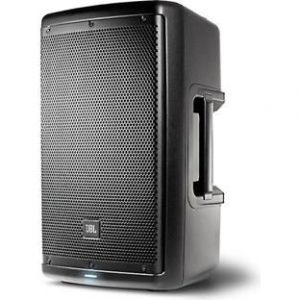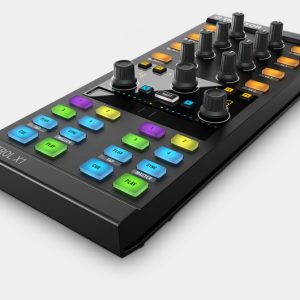Sennheiser EW 500 G4-Ci1 Wireless Guitar System
$1,319.00
- Description
Description
Description
The pro‘s choice for perfectly balanced but upfront guitar and bass. Powerful bodypack transmitter and Ci1 instrument cable for unforgettable performances. Renowned sound engineers rely on ew 500 G4‘s flexibility, especially when handling multi channel settings on the world‘s music stages. Up to 88 MHz bandwidth, up to 32 channels. Ethernet connection for Wireless Systems Manager (WSM) control software included for advanced frequency coordination in multi channel setups.
True diversity half-rack receiver in a full-metal housing with intuitive OLED display for full control
Easy and flexible wireless synchronization between transmitter and receiver via infrared
Up to 32 compatible channels
Up to 88 MHz bandwidth with 3520 selectable frequencies, fully tunable in a stable UHF range
Ethernet connection for Wireless Systems Manager (WSM) control software for advanced frequency coordination in multi-channel setups
High RF output power (up to 50 mW, adjustable in three steps 10/30/50) depending on country regulations
In the Box:
EM 300-500 G4 true diversity receiver
SK 500 G4 bodypack transmitter
Ci 1 instrument cable
2 AA batteries
GA 3 rackmount set
power supply
2 rod antennas
quick guide
safety guide
manufacturer declaration sheet
As Sennheiser Singapore’s Official Dealer, the equipment we supply will be supported through the Sennheiser Singapore Service Centre (Carry-in Service)
Specifications:
| EM 300-500 G4 Dimensions Approx. 202 x 212 x 43 mm Compander THD, total harmonic distortion Weight Audio output Signal-to-noise ratio Switching bandwidth Peak deviation Nominal deviation Modulation Power supply Antenna connector Current consumption Adjacent channel rejection Intermodulation attenuation Receiving frequency RF sensitivity Squelch Equalizer Temperature Range Receiver Principle Blocking SK 500 G4 Compander THD, total harmonic distortion Weight Signal-to-noise ratio RF output power Switching bandwidth Peak deviation Nominal deviation Operating time Modulation Power supply Current consumption Input impedance Max. Input voltage Powering Transmission frequency AF frequency response Temperature Range Frequency stability |























